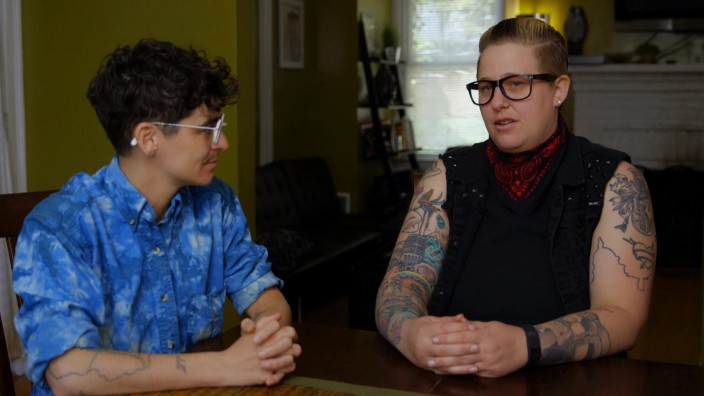Relationships notes: this kind of marking bottles ended up being most frequently entirely on soft drink, milk, and alcohol containers created from about 1933 (discover small differences of advice on whenever processes was initially implemented from inside the U
The application of thermoplastic wax shades ended up being an excellent growth in ACL tech and totally different in general form the initial oils situated printing strategies. The display screen whereby this brand-new mixture is required was developed of an excellent metal mesh. The slim wires of your interlock were electrically billed and became superheated. Because the thermoplastic labeling windows mixture passed through this hot  screen mesh, they too turned superheated and “flash dried” as it came into exposure to the cool container surface. The container would after that be immediately placed on after that printing section for a second, next or fourth shade.
screen mesh, they too turned superheated and “flash dried” as it came into exposure to the cool container surface. The container would after that be immediately placed on after that printing section for a second, next or fourth shade.
Since ACL procedure didn’t dramatically add to a container’s manufacturing time, it actually was reasonably inexpensive and produced a long-term, colorful label, getting quickly approved around the bottling markets. Because of the ACL tag, a soda bottler encountered the better of both worlds. Bright, colorful brands as soon as reached only through report labeling happened to be today with the permanence an embossed bottle granted.
The ACL procedure got definitely most widely used on returnable soda and whole milk containers, though there was some use on other types of containers like beer plus druggist containers (Griffenhagen Bogard 1999). Another good thing about the ACL would be that in addition, it resolved the issue of just one providers containers being quickly re-used by another business (Riley 1958; Sweeny 2002). The container envisioned are a ACL soft drink bottles made in 1946 from the Owens-Illinois cup team.
These recent post – readily available merely on this subject site – is highly suitable for those curious about almost everything about ACL’s:
Lockhart, expenses and Bob Brown (with benefits by Chris Weide and Russ Hoenig) . 2019. The Attractive Used Shade Brands. Historic Cup Container Identification Records Internet Site, E-published . A c omprehensive post throughout the record, processes and rehearse of ACL beginning in the early 1930s. This article is available on this site at:
S.; discover above connected article) around the present, e.g., Corona beer bottles. You will find probably some subtly different real features to the products in the different ACL steps (in other words., natural pigments versus the subsequent thermoplastics) however they are perhaps not strongly related the aim with this website and never secure.
Engraving/Etching: instead of embossing or shaped models, bottles maybe engraved or etched. Both processes weren’t frequently utilized on utilitarian bottles, with some exclusions, but utilized enough to justify state right here.
The particular package is used as one of the dating examples regarding the “samples of matchmaking ancient containers” web page; click advice Page to view Example # 1 which makes use of this container as one example to run through the matchmaking trick
Engraving entailed the effective use of a diamond-tipped appliance or lightweight copper rims (one-eight of an inch to two inches in diameter) to slice inside area for the container. An abrasive representative like pumice was applied because of the wheels in a combination of drinking water and oil (Munsey 1970). Engraving was applied most regularly with decorative glassware, for example. “cut glass.” With containers, engraving ended up being typically utilized to create a design in the surface of specialty things like druggists’ “shop home furniture” (large druggist show and dispensing bottles and globes), to mark decanters and cruets, some fancier fragrance and cologne containers, to draw graduations on cylinders and beakers, or fashion designer signatures (Whitall, Tatum Co. 1880, 1892, 1902; Jones Sullivan 1989).



